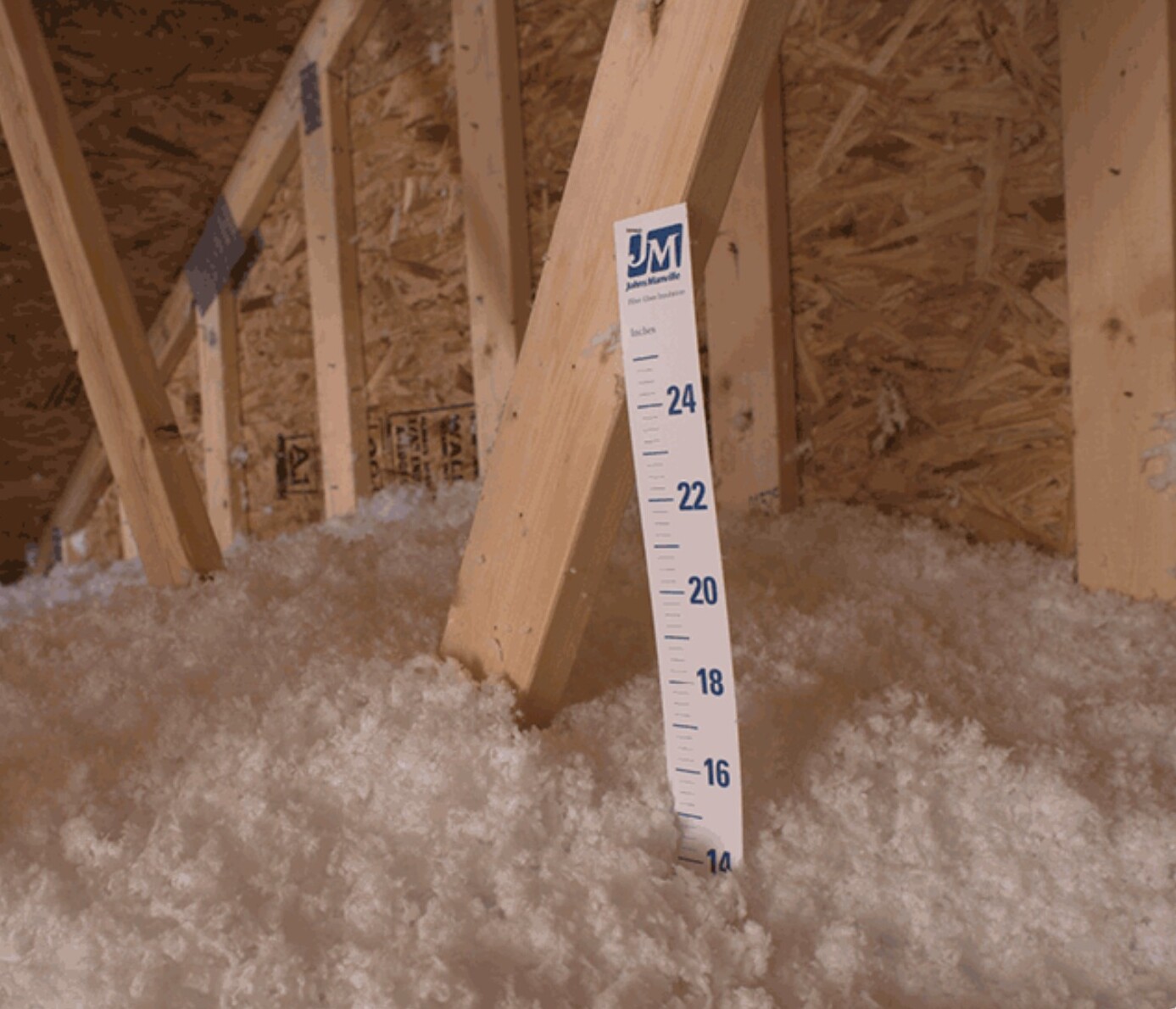

Articles
How Wide Is Insulation
Modified: October 31, 2024
Discover the true width of insulation in our informative articles. Learn everything you need to know about different types and sizes to make the best choice for your home.
(Many of the links in this article redirect to a specific reviewed product. Your purchase of these products through affiliate links helps to generate commission for Storables.com, at no extra cost. Learn more)
Introduction
When it comes to insulating our homes, we often focus on the material, density, and installation process. However, one aspect that is often overlooked but equally important is the width of insulation. The width of insulation refers to the thickness or depth of the insulation material, and it plays a crucial role in maximizing energy efficiency and creating a comfortable living environment.
Insulation acts as a barrier, preventing the transfer of heat between the inside and outside of our homes. By reducing the heat flow, insulation helps to maintain a stable indoor temperature, reducing the need for excessive heating or cooling. This not only reduces energy consumption but also saves money on utility bills and minimizes our carbon footprint. Therefore, understanding and choosing the right width of insulation is vital for maximizing energy efficiency and creating a sustainable living space.
In this article, we will explore the different types of insulation, factors that affect insulation width, the importance of choosing the right width, standard width recommendations, and common misconceptions surrounding insulation width. By the end of this article, you will have a clear understanding of why insulation width matters and how to make informed choices when insulating your home.
Key Takeaways:
- Proper insulation width is crucial for energy efficiency, thermal comfort, and sustainability. Consider climate, building design, and R-value recommendations to choose the right width for your home.
- Don’t overlook insulation width – it directly impacts energy efficiency and comfort. Consult professionals, consider budget, and understand R-value recommendations for optimal insulation width selection.
Read more: How Wide Is A Driveway
Types of Insulation
Insulation materials come in a variety of types, each with its own unique properties and characteristics. The type of insulation you choose will greatly impact the width options available to you. Here are some common types of insulation:
- Fiberglass Insulation: Made from tiny glass fibers, fiberglass insulation is one of the most popular and widely used insulation materials. It is available in both batts and loose-fill form. Fiberglass insulation is known for its affordability, resistance to moisture, and excellent thermal performance.
- Spray Foam Insulation: This type of insulation is applied as a liquid that expands and solidifies into a foam, forming an airtight and moisture-resistant barrier. Spray foam insulation is highly effective in sealing gaps and cracks, providing excellent insulation performance. It comes in various densities and is ideal for hard-to-reach areas.
- Cellulose Insulation: Made from recycled paper products, cellulose insulation is an eco-friendly option that offers excellent thermal performance. It is typically blown into wall cavities and attics, providing effective insulation. Cellulose insulation is known for its ability to reduce air leakage and resist pests.
- Mineral Wool Insulation: Also known as rock wool or slag wool, mineral wool insulation is made from natural minerals such as basalt or recycled industrial byproducts. It is fire-resistant, provides excellent soundproofing, and offers good thermal insulation. Mineral wool insulation is available in batts, rolls, or loose-fill form.
- Rigid Foam Insulation: This type of insulation is made from foam panels that provide high thermal resistance. Rigid foam insulation is typically used for insulating foundations, exterior walls, and roofs. It offers excellent moisture resistance, durability, and can be cut to fit the desired width.
These are just a few examples of the many types of insulation available on the market. Each insulation type has its own advantages and limitations, so it’s essential to consider your specific needs and requirements when choosing the right insulation for your home.
Width of Insulation
The width of insulation refers to the thickness or depth of the insulation material. It plays a crucial role in determining the insulation’s overall effectiveness and energy efficiency. The width of insulation is typically measured in inches or centimeters, and different insulation materials come in various width options.
The wider the insulation, the thicker the barrier it creates, resulting in better thermal resistance and heat flow reduction. In general, wider insulation provides higher R-values, which represents the insulation’s ability to resist heat transfer. However, it’s important to note that the optimal width of insulation will depend on factors such as climate, building design, and local building codes.
When determining the width of insulation to use, it’s essential to consider the recommended R-value for your specific region. The R-value is a measure of the insulation’s effectiveness, and different areas have different recommended minimum R-values. The higher the R-value, the better the insulation’s thermal performance. To achieve the recommended R-value, you may need to adjust the width of insulation accordingly.
It’s also worth mentioning that insulation widths can vary depending on the location and purpose of insulation within a building. For example, attic insulation may have different width requirements compared to wall or floor insulation. Similarly, different areas within a building may require varying insulation widths to accommodate different thermal loads and environmental conditions.
Furthermore, the width of insulation can be influenced by factors such as available space, framing dimensions, and the type of insulation material being used. Some insulation materials, like fiberglass batts, come in pre-cut widths to fit standard stud or joist spacings, making installation easier. On the other hand, spray foam insulation allows for more flexibility in achieving the desired width as it expands and fills the space it is sprayed into.
In summary, the width of insulation is a crucial factor in ensuring optimal thermal performance and energy efficiency. By carefully considering the recommended R-value, environmental factors, and the specific requirements of your building, you can choose the right width of insulation that best suits your needs.
Factors Affecting Width of Insulation
Several factors come into play when determining the width of insulation to use in a particular application. These factors can vary based on the specific requirements of your building and location. Here are some key factors that affect the width of insulation:
Recommended R-Value: The recommended R-value for your region is a crucial factor in determining the width of insulation. Higher R-values require thicker insulation to achieve better thermal performance and energy efficiency. The R-value depends on factors such as climate, building design, and local building codes.
Building Design and Structure: The design and structure of the building can influence the width of insulation. Factors such as stud or joist spacing, the presence of obstructions, and the depth of wall cavities or attic space may restrict the available width of insulation. It’s important to consider these limitations when selecting the appropriate insulation width.
Environmental Conditions: Environmental factors, such as the local climate and temperature extremes, can impact the width of insulation needed. Regions with colder climates may require thicker insulation to better resist heat transfer and maintain comfortable indoor temperatures. Similarly, areas with higher humidity levels may benefit from insulation with moisture-resistant properties.
Available Space: The available space for insulation installation is another factor to consider. In tight or confined spaces, it may not be possible to install wide insulation effectively. In such cases, narrower insulation options or alternative insulation materials, such as spray foam, may be more suitable.
Energy Efficiency Goals: Your energy efficiency goals also play a role in determining the width of insulation. If you aim to achieve maximum energy efficiency and minimize heat loss or gain, you may opt for wider insulation to increase the thermal resistance and reduce energy consumption. However, if your goal is to meet the minimum code requirements, narrower insulation widths may suffice.
Budget: Budget considerations can also impact the choice of insulation width. Wider insulation may provide better thermal performance but can come at a higher cost. It’s important to strike a balance between the desired insulation width and your budget constraints.
By taking these factors into account, you can make informed decisions about the width of insulation that best meets your needs in terms of energy efficiency, budget, and building requirements.
Importance of Proper Insulation Width
Choosing the proper width of insulation is essential for a variety of reasons. It directly affects the insulation’s effectiveness, energy efficiency, and overall comfort of your living space. Here are several key benefits of ensuring the appropriate insulation width:
Improved Energy Efficiency: Proper insulation width helps to create a more energy-efficient home. It reduces heat transfer through walls, floors, and ceilings, which means less energy is required to heat or cool your living space. This translates into lower utility bills and reduced environmental impact.
Enhanced Thermal Performance: Insulation with the right width provides enhanced thermal resistance, preventing heat or cold from entering or escaping your home. This helps to maintain a consistent and comfortable indoor temperature throughout the year, regardless of the external climatic conditions.
Reduced Heat Loss and Heat Gain: Insulation with the correct width minimizes heat loss during winter and heat gain during summer. It creates a barrier that helps to regulate the temperature inside your home by preventing the exchange of air and reducing energy waste.
Improved Comfort: Proper insulation width leads to improved comfort inside your home. It helps to eliminate cold spots, drafts, and excessive heat, creating a more consistent and comfortable living environment. You can enjoy a cozy indoor atmosphere without the need to constantly adjust your thermostat.
Noise Reduction: Insulation with the appropriate width also helps to reduce noise transmission. It acts as a sound barrier, absorbing and dampening sound waves, which is especially beneficial if you live in a noisy neighborhood or near a busy street. This can significantly enhance the overall tranquility and quality of your living space.
Moisture Control: Insulation with the proper width plays a role in moisture control. It helps to prevent condensation and reduce the risk of mold or mildew growth, protecting the integrity of your home’s structure and maintaining a healthier indoor environment.
Long-Term Durability: When insulation is installed with the right width, it can improve the long-term durability and structural integrity of your home. It helps to minimize temperature fluctuations, which can prevent moisture-related issues, warping, and deterioration of building materials.
By recognizing the importance of proper insulation width, you can create a more energy-efficient, comfortable, and sustainable living space. It is essential to assess your specific insulation needs, consider local building codes and recommendations, and consult with professionals to ensure you choose the right insulation width for your home.
When measuring insulation width, be sure to account for any compression or settling that may occur over time. It’s important to choose the right thickness to achieve the desired level of insulation for your space.
Read more: How Wide Is A Fireplace
Standard Width Recommendations
Standard width recommendations for insulation vary based on the specific application and local building codes. These recommendations are designed to provide adequate thermal performance and energy efficiency. Here are some general standard width recommendations for common insulation applications:
- Walls: For wall insulation, common standard width recommendations range from 2 to 6 inches (5 to 15 cm) depending on the insulation material used. The width should allow for a snug fit between wall studs or other framing members to minimize air gaps and maximize thermal resistance.
- Attics: In the case of attic insulation, the standard width recommendations typically range from 10 to 16 inches (25 to 40 cm) for loose-fill insulation and 6 to 12 inches (15 to 30 cm) for batt insulation. These dimensions help to achieve the recommended R-value and provide optimal thermal performance in the attic space.
- Floors and Crawlspaces: The standard width recommendations for floor and crawlspace insulation can vary based on the location and climate. In general, the recommended widths range from 4 to 8 inches (10 to 20 cm) for floor insulation, and 4 to 6 inches (10 to 15 cm) for crawlspace insulation. These widths help to achieve the desired thermal resistance and mitigate heat loss from the floor.
- Roofs: Roof insulation widths depend on the type of roofing system and construction design. Standard recommendations for roof insulation can range from 4 to 12 inches (10 to 30 cm) to provide sufficient thermal resistance and protect against heat gain or loss through the roof.
It’s important to note that these are general recommendations, and specific requirements may vary depending on factors such as climate, building design, and local building codes. Consulting with professionals, architects, or insulation manufacturers can provide more accurate guidance tailored to your specific needs.
In addition to standard width recommendations, it’s crucial to consider upgrading insulation for higher R-values if energy efficiency and optimal thermal performance are desired. Increasing the width of insulation beyond the minimum requirements can lead to greater energy savings and increased comfort levels in your home.
Remember that insulation width alone is not the sole determinant of insulation effectiveness. Proper installation techniques, airtightness, and adequate coverage are equally important factors to ensure the overall performance of the insulation system.
By adhering to standard width recommendations and considering specific requirements for each insulation application, you can ensure that your home is properly insulated and effectively protected against heat transfer.
Choosing the Right Width of Insulation
Choosing the right width of insulation is crucial to maximize energy efficiency, thermal performance, and overall comfort in your home. Here are some key considerations to help you make an informed decision:
Understand the Recommended R-Value: Familiarize yourself with the recommended R-value for your region and specific application. The R-value is a measure of thermal resistance, and it determines the insulation’s effectiveness. Selecting the right insulation width is essential to achieve the desired R-value and meet or exceed local building code requirements.
Evaluate Climate and Environmental Conditions: Consider the climate and environmental conditions of your location. If you reside in an area with extreme temperatures, wide insulation widths may be necessary to provide adequate insulation against heat transfer. Similarly, areas with high humidity levels or prone to moisture issues may require insulation with moisture-resistant properties.
Assess Building Design and Structure: Evaluate the design and structure of your building to determine any limitations or considerations for insulation width. Factors such as wall stud spacing, available cavity depth, and obstructions may impact the width options. Ensure that the chosen insulation width fits properly within the designated spaces to achieve optimal thermal performance.
Consider Cost and Budget: Take into account your budget and cost considerations when selecting the insulation width. Wider insulation widths typically provide better thermal performance, but they may come with higher material and installation costs. Find a balance between the desired insulation performance and your budget constraints to make an informed decision.
Consult with Professionals: Seek advice from insulation professionals, architects, or building contractors. They can provide valuable insights and recommend the most suitable insulation width based on your specific needs and local building requirements. Professionals can also ensure proper installation techniques and help you avoid common pitfalls or mistakes.
Consider Additional Insulation Measures: Keep in mind that insulation width is just one component of an effective insulation system. Consider other insulation measures such as air sealing, vapor barriers, and reflective insulation to enhance the overall thermal performance of your home. Consulting with professionals can help you identify the best combination of insulation measures for your specific needs.
Research and Compare Insulation Materials: Explore different insulation materials and their corresponding width options. Each insulation material has its own unique properties and recommended widths. Research the advantages, limitations, and long-term performance of different insulation materials to make an educated decision that aligns with your specific requirements.
By carefully considering these factors, you can choose the right width of insulation that provides optimal thermal performance, energy efficiency, and comfort for your home. Remember, proper installation techniques are equally important, so it’s advisable to hire professionals or follow manufacturer guidelines for the best results.
Common Misconceptions about Insulation Width
When it comes to insulation, there are several misconceptions and misunderstandings surrounding the width of insulation. These misconceptions can lead to poor decision-making and compromise the effectiveness of the insulation system. Here are some common misconceptions about insulation width:
Thicker Insulation Equals Better Performance: While it’s true that thicker insulation can provide higher thermal resistance, assuming that the thickest insulation is always the best is a misconception. The optimal insulation width depends on factors such as recommended R-value, building design, and available space. It’s important to balance the desired thermal performance with practical constraints.
More Insulation is Always Better: While adding insulation can enhance energy efficiency, there is a point of diminishing returns. Overinsulating or using insulation that is too wide for the space can lead to decreased ventilation, moisture-related issues, and improper air sealing. It’s crucial to follow the recommended insulation widths for your specific application to achieve the best balance of thermal performance and other factors.
All Insulation Widths are the Same: Insulation comes in various types and widths, and each has its unique properties and applications. Different insulation materials have different recommended widths to achieve the desired thermal performance. It’s important to choose insulation with the appropriate width for your specific needs, taking into account factors such as R-value, building design, and environmental conditions.
Exact Fit is Not Necessary: Some individuals may assume that insulation does not need to fit perfectly and that small gaps or spaces are negligible. However, proper insulation installation requires a snug fit with minimal air gaps. Even small gaps can significantly reduce insulation performance by allowing heat transfer and air leakage. It’s important to properly measure and cut insulation to fit the designated spaces for optimal thermal efficiency.
Insulation Width is the Sole Determinant of Performance: While insulation width is an important factor, it is not the only determinant of insulation performance. Other factors such as insulation material, installation techniques, air sealing, and overall insulation quality also contribute to the system’s effectiveness. Proper consideration and execution of these factors are essential for achieving the desired energy efficiency and comfort levels.
Any Insulation Width Will Work for All Climates: Different climates have varying recommended R-values and insulation requirements. Assuming that any insulation width will work for all climates is a misconception. It’s important to consider the specific climate, local building codes, and recommended insulation levels for your region to choose the appropriate insulation width. This ensures that your insulation system effectively resists heat transfer and provides optimal thermal performance.
By dispelling these common misconceptions, you can make more informed decisions about insulation width. Seeking guidance from insulation professionals and following manufacturer recommendations can help ensure that you choose the right insulation width for your specific needs, leading to improved energy efficiency, thermal comfort, and overall performance of your home.
Conclusion
Choosing the right width of insulation is a crucial aspect of creating an energy-efficient, comfortable, and sustainable living space. The width of insulation directly impacts its thermal performance, energy efficiency, and overall effectiveness in resisting heat transfer. By understanding the various types of insulation, considering factors that affect insulation width, and debunking common misconceptions, you can make informed decisions about the appropriate width for your specific needs.
Standard width recommendations provide guidelines for achieving the recommended R-value and meeting local building code requirements. However, it’s essential to consider climate, building design, available space, and budget when choosing insulation width. Consulting with professionals and understanding the unique properties of different insulation materials can help you select the right width that maximizes thermal performance while considering practical constraints.
Proper insulation width contributes to improved energy efficiency, enhanced thermal performance, reduced heat loss or gain, and increased comfort in your home. It also helps in noise reduction, moisture control, and long-term durability. By investing in the right width of insulation, you can lower utility bills, reduce environmental impact, and create a healthier and more sustainable living environment.
Remember that insulation width alone is not the sole determinant of insulation performance. Factors such as installation techniques, air sealing, and the overall quality of the insulation system also play crucial roles. By taking a holistic approach and considering all aspects of insulation, you can achieve optimal energy efficiency, thermal comfort, and long-term benefits for your home.
In conclusion, the width of insulation should not be overlooked or underestimated. It is an integral part of creating a well-insulated home that provides protection against heat transfer, saves energy, and enhances overall comfort. Consider your specific requirements, consult with professionals, and make informed choices to ensure you choose the right width of insulation for your home’s unique needs.
Frequently Asked Questions about How Wide Is Insulation
Was this page helpful?
At Storables.com, we guarantee accurate and reliable information. Our content, validated by Expert Board Contributors, is crafted following stringent Editorial Policies. We're committed to providing you with well-researched, expert-backed insights for all your informational needs.
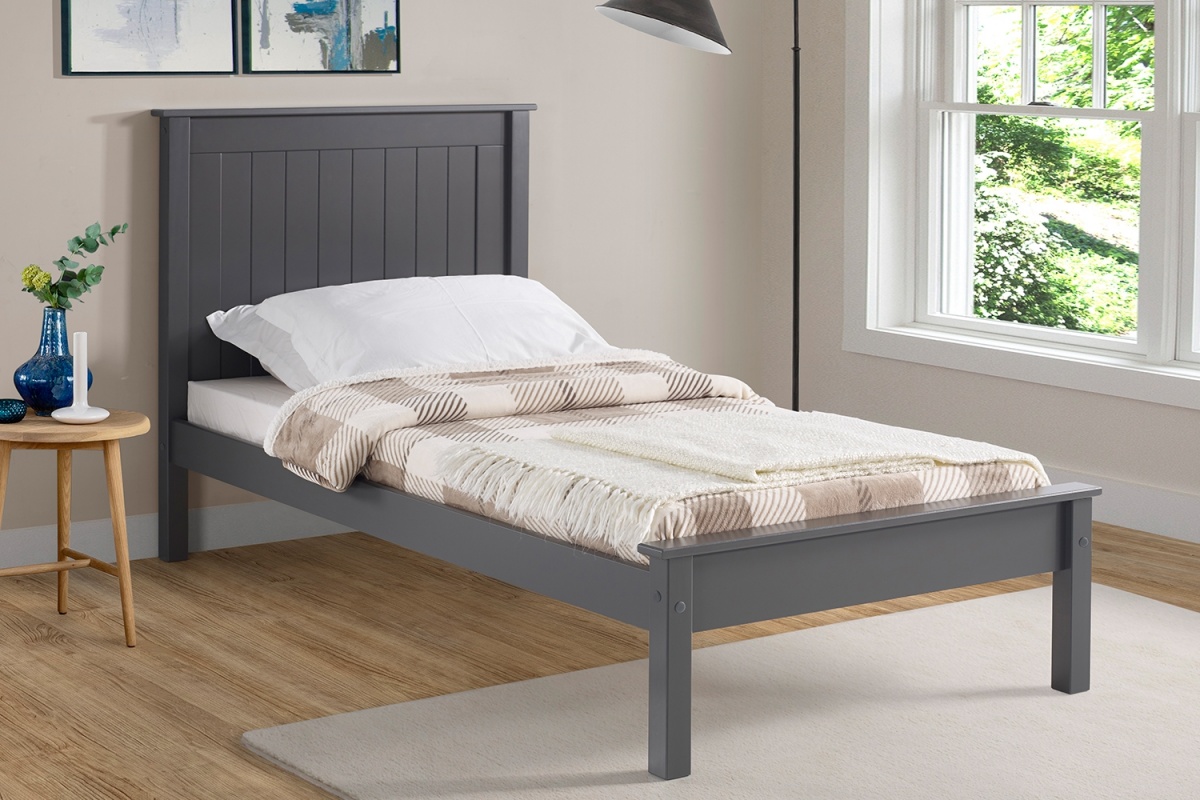
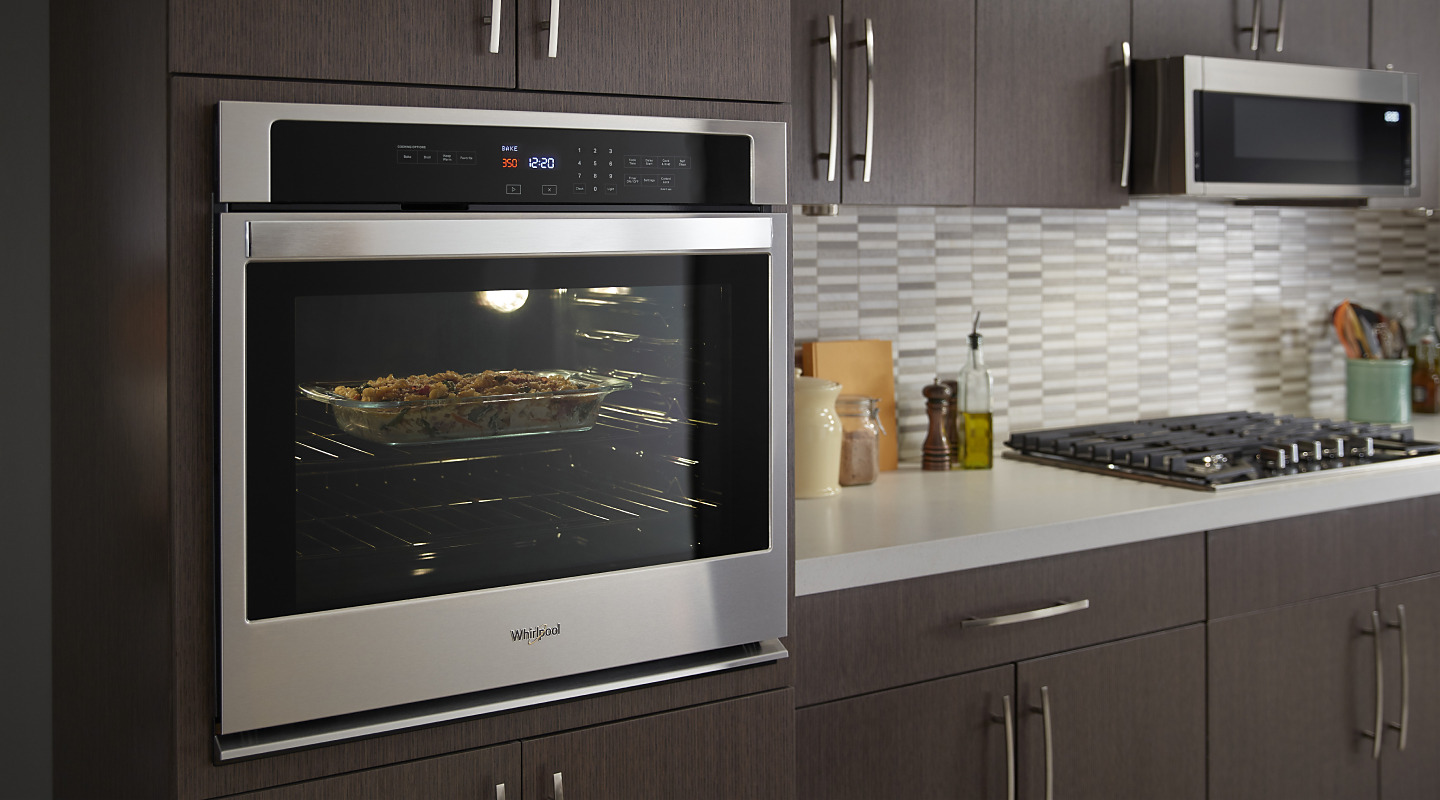
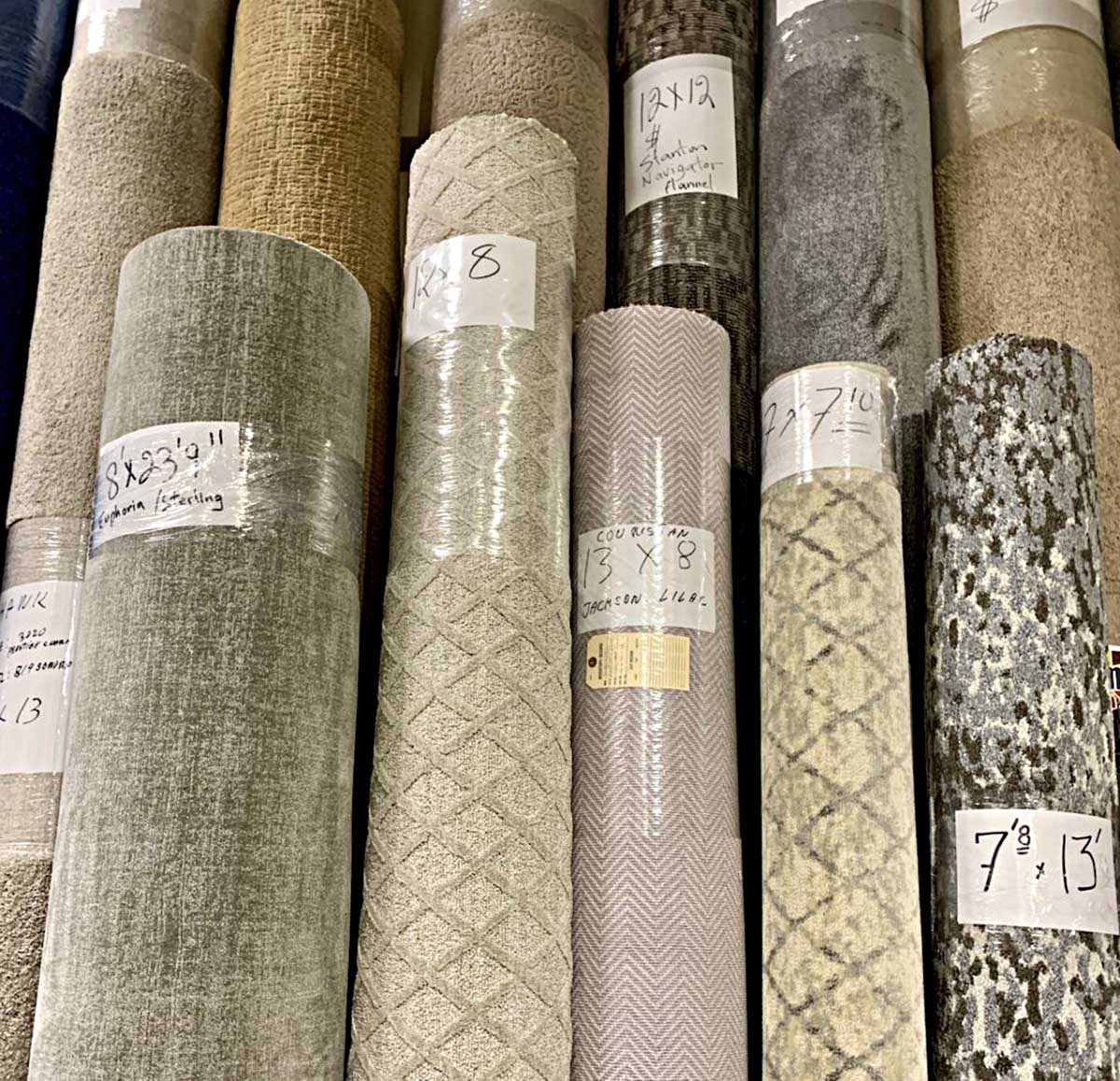
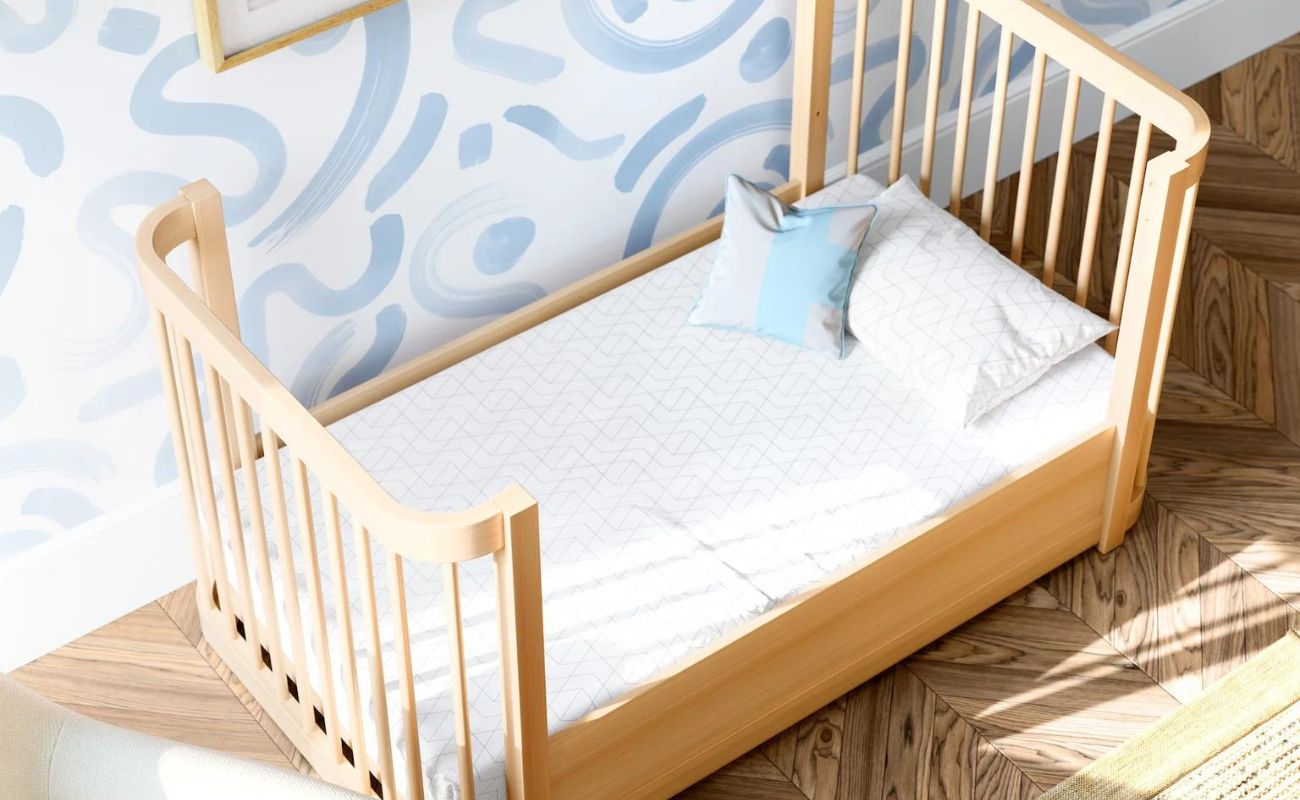
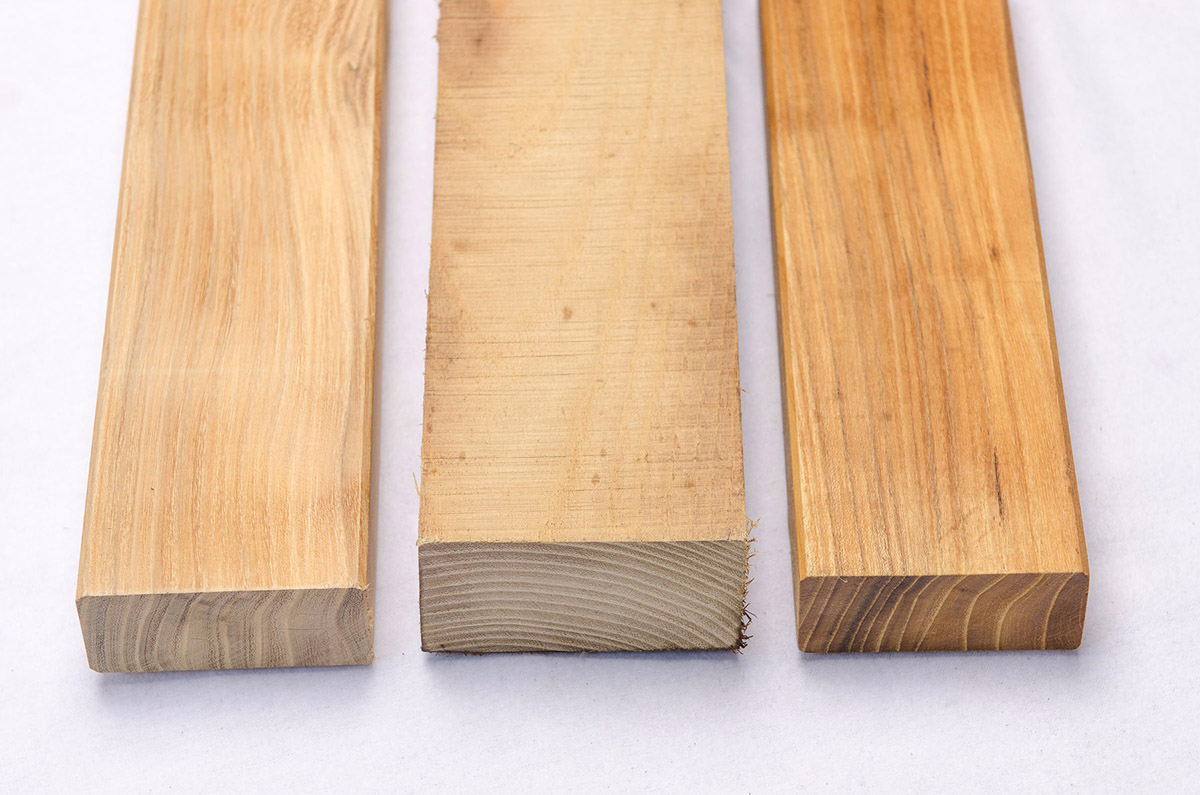
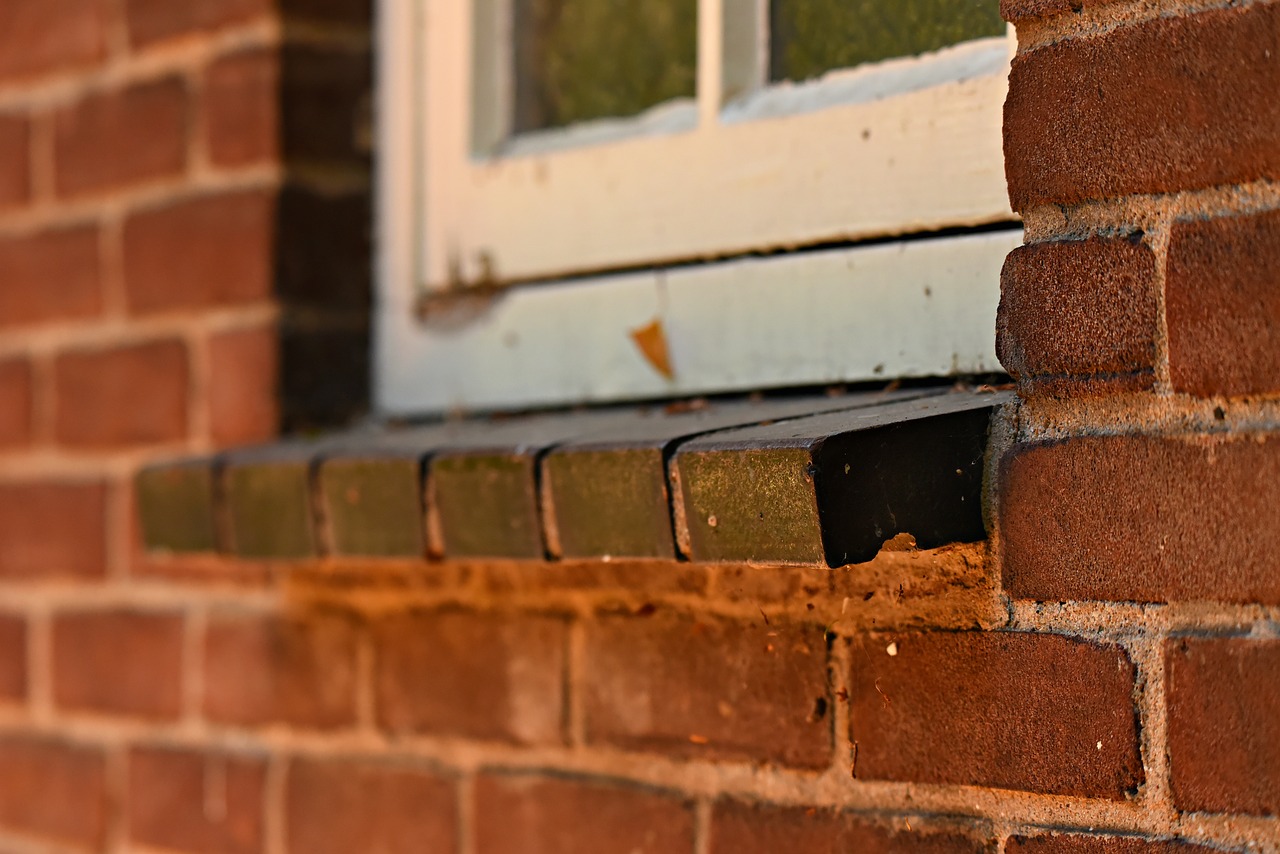
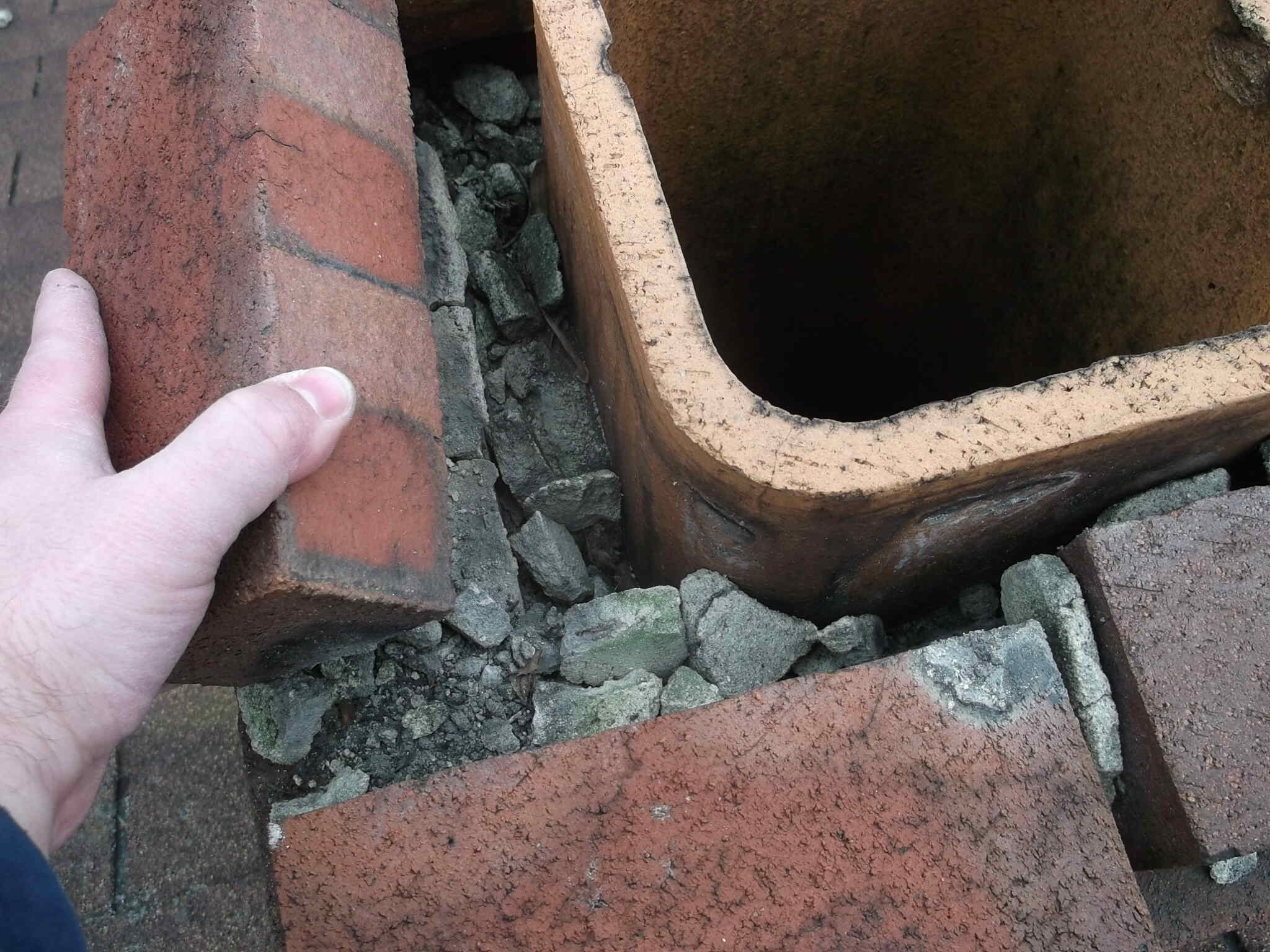

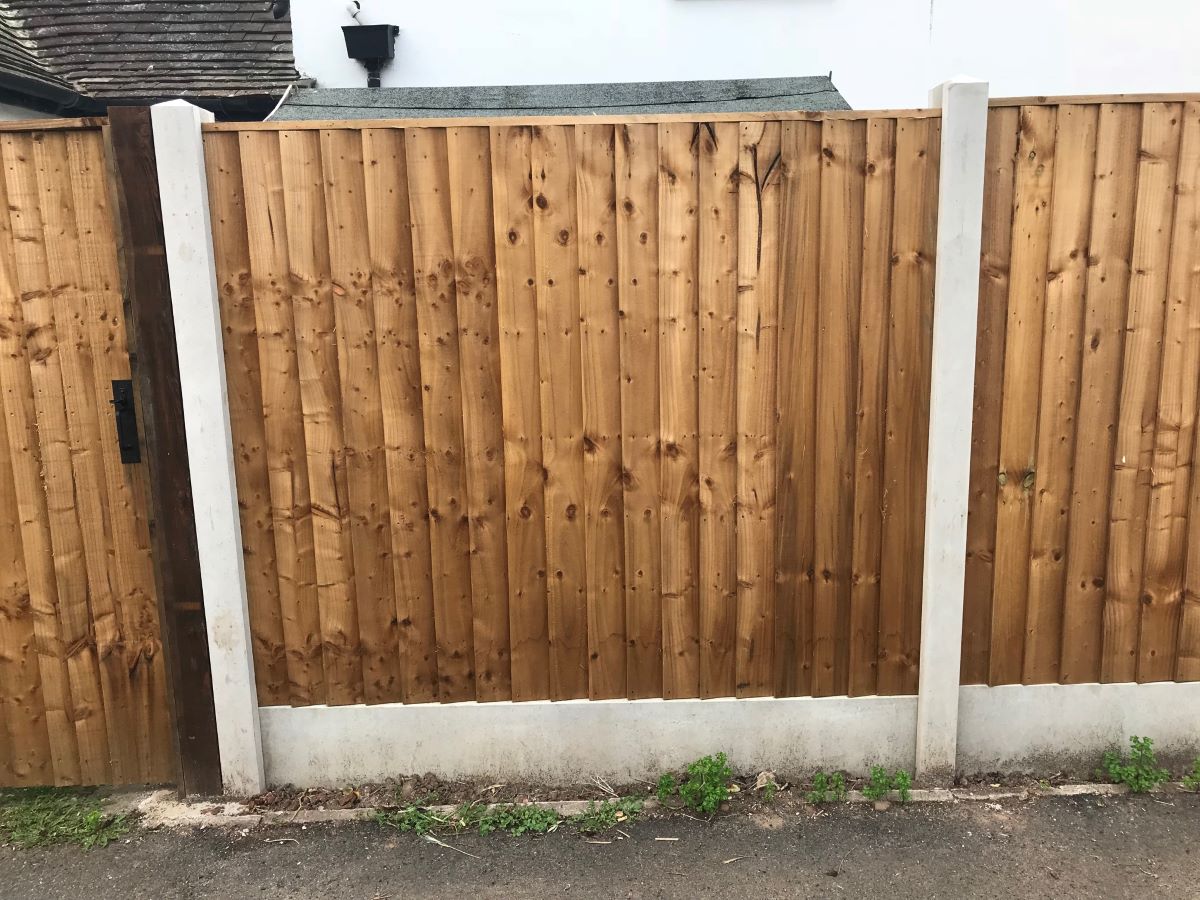


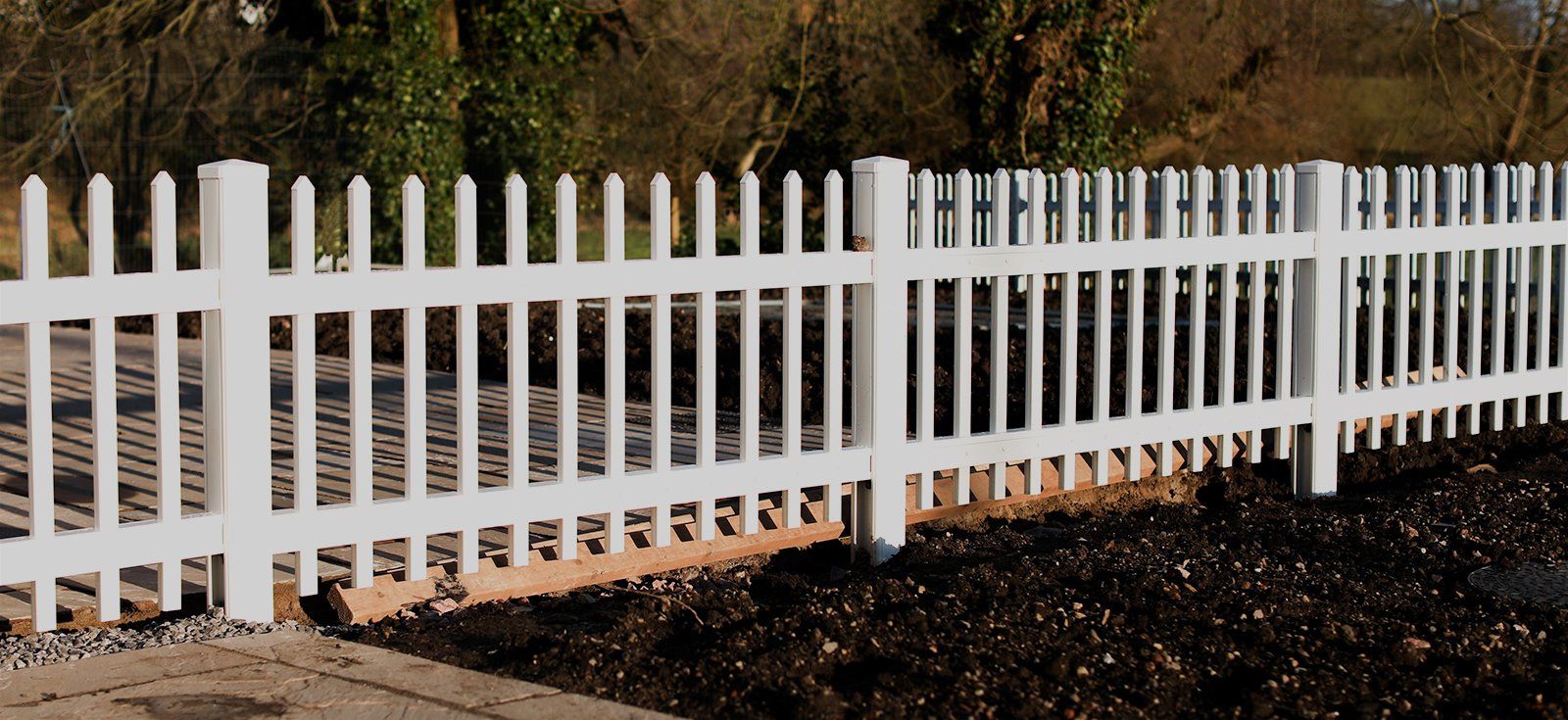
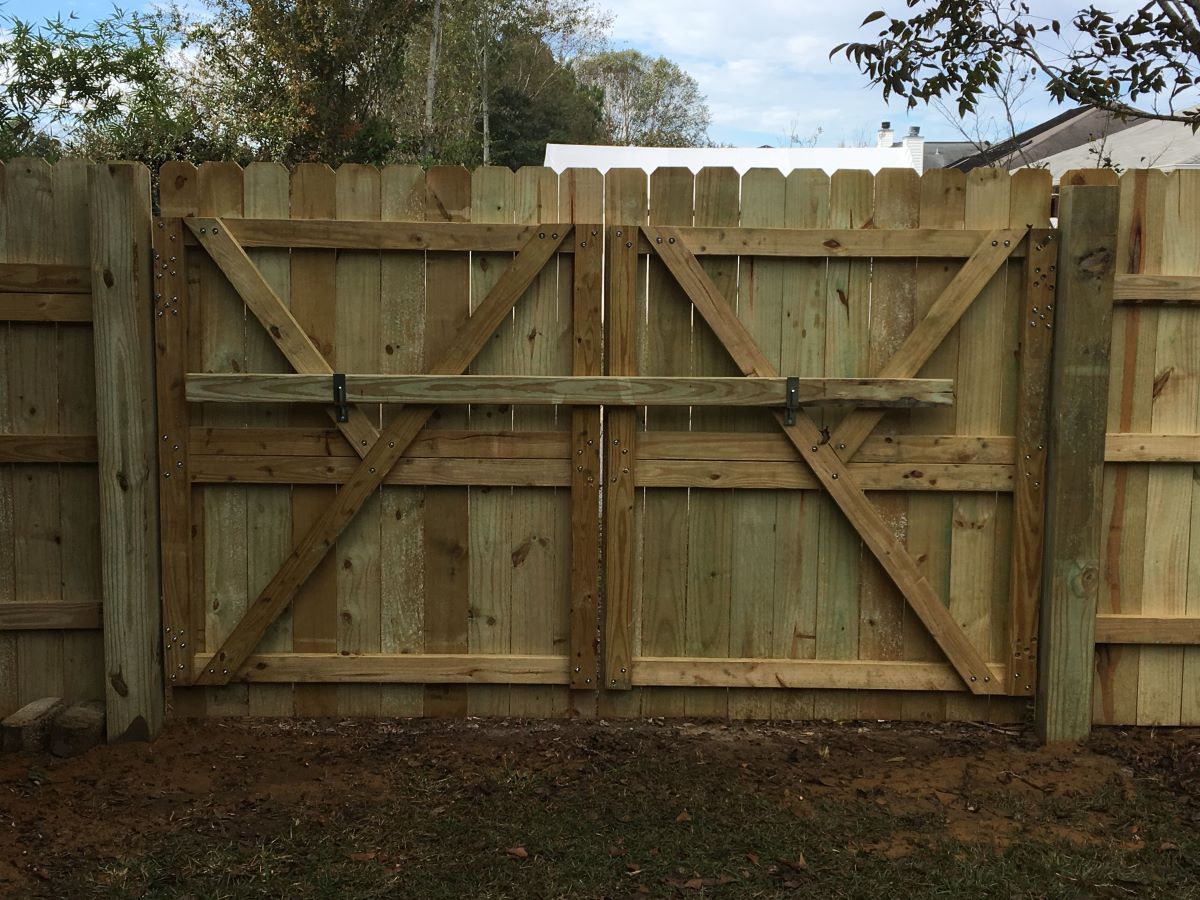


0 thoughts on “How Wide Is Insulation”